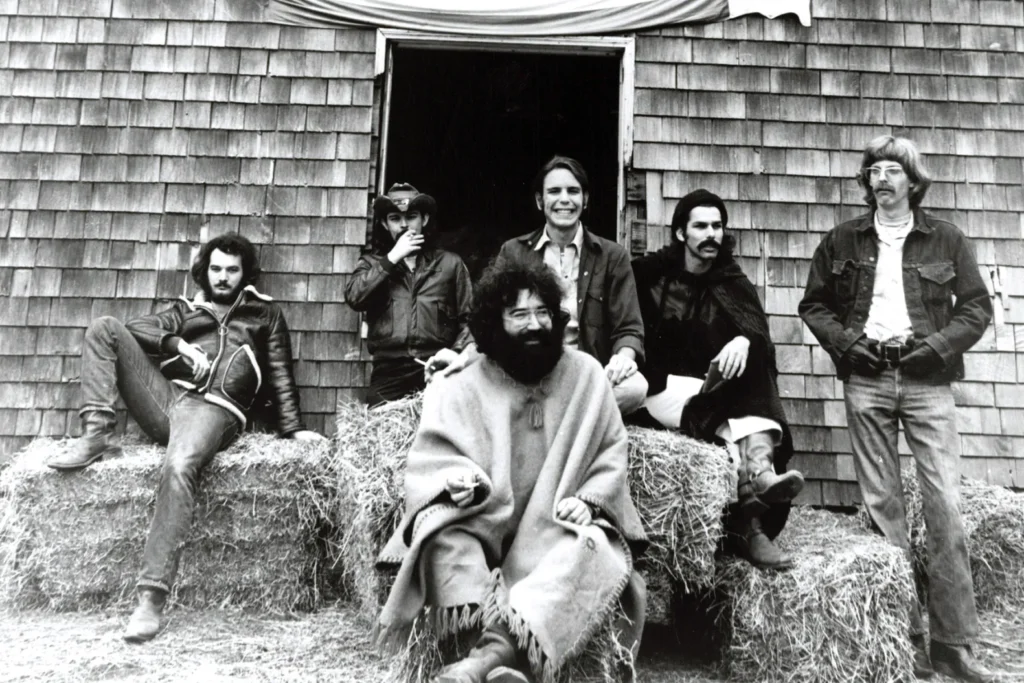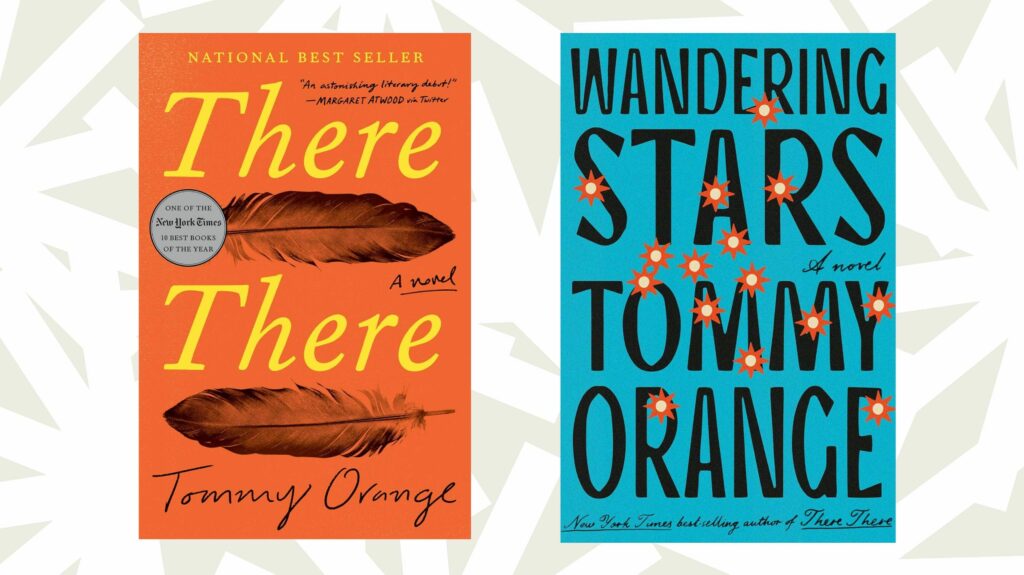We’re all having a very long hot summer – record breaking in fact. This is the kind of summer that makes people think that global warming is clearly imminent. Now before you think I am about to make a grand political statement, please be assured that this is more of a “brand political statement.” Despite where you come down on these issues, you can’t help but take note of the new campaign that Hummer is rolling out.
SUV sales are way off, gas prices are sky high, and the backlash against gas-guzzling vehicles is more than a rumor. With this backdrop it’s definitely a challenge to try to sell vehicles that get abysmal gas mileage and are the personification of HUGE. The product is 100% politically incorrect. The marketers at Hummer have made a bold (and perhaps smart) business decision to preach to the choir. Given that they cannot change their product line any time soon, it may make sense, in the short term, to “go with what we’ve got.” I assume they think that Sierra Club members won’t buy one anyway, so why try to win them over. Let’s play “to the base.” Let’s appeal to the core gut feeling that is behind this craze: “I’ve got mine. It’s bigger than yours, so get out of my way.”
One recent commercial shows a young guy in the checkout line with tofu and veggies. Crowding him at the rear of the line (just behind the portable divider) is a guy with a huge slab of meat along with other items that would be antithetical to “Mr. Tofu”. Naturally he is a Hummer owner and by the end of the spot “Mr. Tofu” has got his own Hummer and has rediscovered that he’s a carnivore to the core. This ad, along with others like the soccer mom whose family van gets nearly run over by a Hummer and by the end of the spot she’s bought her own Hummer to exact revenge, very cleverly articulate the brand’s core identity. They seem to not only embrace behavior thought to be bad by a large number of people, but also to totally shrug off the scorn and ridicule that many have for these behemoths. You’d think they’d be a tad embarrassed, but the ads adroitly play upon the underlying emotion behind the brand: people who drive enormous, military-style vehicles around city streets are never embarrassed. The emotional core of the Hummer brand is, to some extent, a total (and aggressive) disregard for what anyone else thinks. “You wanna’ go outside and settle this?!”
So, where does this leave us? It used to be that ads could be many things, but they could never offend. In the days of broadcasting in the truest sense of the word, television ads had to have broad appeal and embrace common values because they were on network television when it’s reach was wide and deep. Today we have “narrowcasting.” With strategic pinpoint media buys, rather than the carpet bomb approach of old, it seems that a brand like Hummer can afford to offend. When you have the worst record in the MPG wars, don’t duck and cover. Embrace it! Trumpet it! Toss it in their faces!
I confess that I have no idea how this will shake out. It seems that eventually this approach will turn off too many, but one never knows. Like all other vehicles in the “leviathan category”, their sales are not good. Perhaps that was the genesis of this “in your face” approach to begin with. In the meantime, Hummer is laughing all the way to…the gas station.



